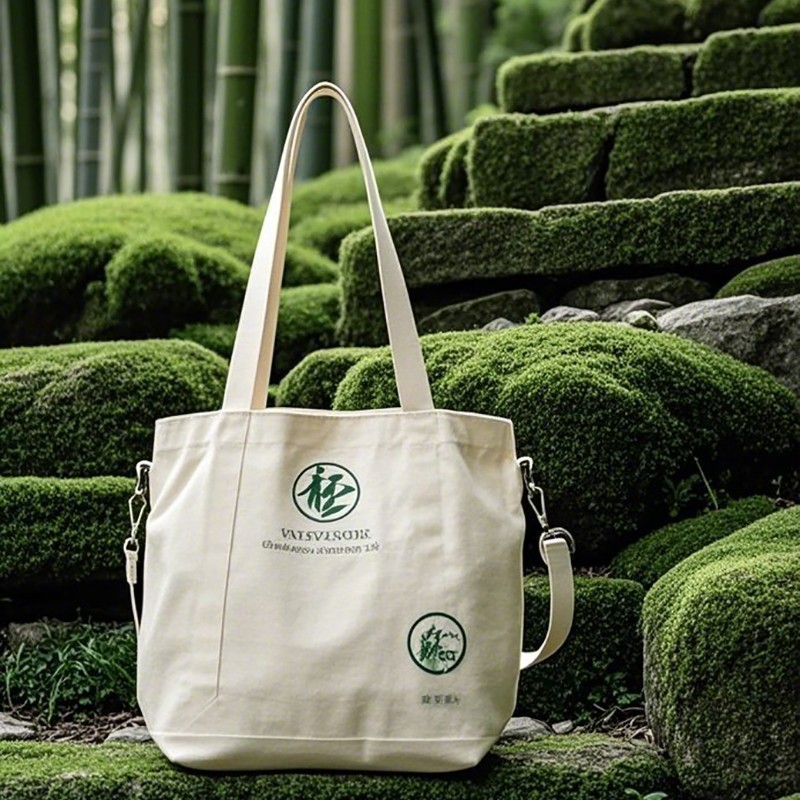Production Cost and Advantages of Nonwoven Composite Bags
2025-07-07
Nonwoven composite bags have emerged as a sustainable and cost-effective alternative to traditional plastic and paper bags. They are widely used in retail, promotional, and packaging sectors due to their durability, reusability, and environmental friendliness. This essay explores the production costs and advantages of nonwoven composite bags.
Production Cost
The production cost of nonwoven composite bags is relatively low compared to other reusable bag types, especially when manufactured in bulk. These bags are primarily made using spunbond nonwoven polypropylene (PP), sometimes laminated with a film or combined with other layers like PET or PE for enhanced durability and waterproofing.
Key components of the cost include:
Raw Materials: Polypropylene granules are inexpensive and widely available. When combined with lamination or composite layers, the cost increases slightly but remains affordable.
Machinery and Labor: Nonwoven bags are typically produced using ultrasonic welding or heat pressing, which are efficient, low-energy processes. This helps keep labor and energy costs lower.
Customization and Printing: Costs can vary based on the type of printing used (screen, flexographic, gravure). High-quality full-color printing may increase the cost but adds marketing value.
On average, the unit cost of a standard nonwoven composite bag is significantly lower than that of cloth or jute bags, especially when produced at scale.

Advantages
Eco-Friendliness: Nonwoven composite bags are reusable and recyclable. They reduce dependency on single-use plastics and help minimize environmental pollution.
Durability: These bags are strong, tear-resistant, and water-repellent, making them suitable for carrying heavy or wet items.
Lightweight and Flexible: Despite their strength, nonwoven bags are lightweight and easy to fold and store, offering convenience for both consumers and businesses.
Cost-Effective Branding Tool: Their large surface area and low printing costs make them ideal for brand promotion. Businesses often use them as giveaway items to enhance visibility.
Variety and Customization: Available in various colors, sizes, and styles, nonwoven composite bags can be tailored to different customer needs and aesthetic preferences.
Conclusion
Nonwoven composite bags offer a practical balance between affordability and functionality. Their low production cost, coupled with significant advantages such as reusability, strength, and eco-friendliness, make them an ideal choice in today’s sustainability-driven market. As consumers and governments continue to prioritize environmentally responsible products, the popularity and demand for nonwoven composite bags are expected to grow.
As a professional manufacturer and supplier, we provide high-quality products. If you are interested in our products or have any questions, please feel free to contact us.